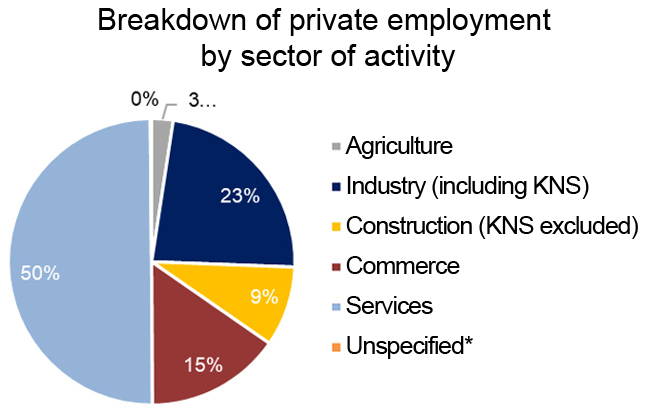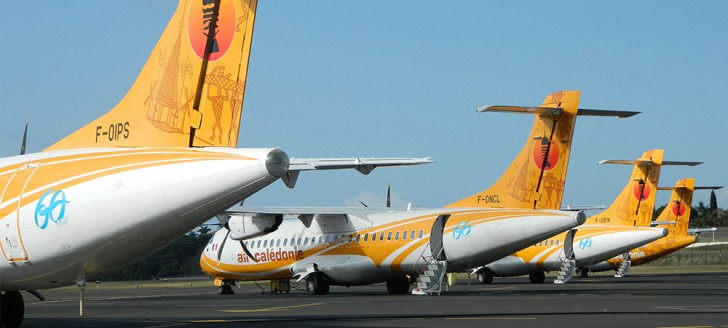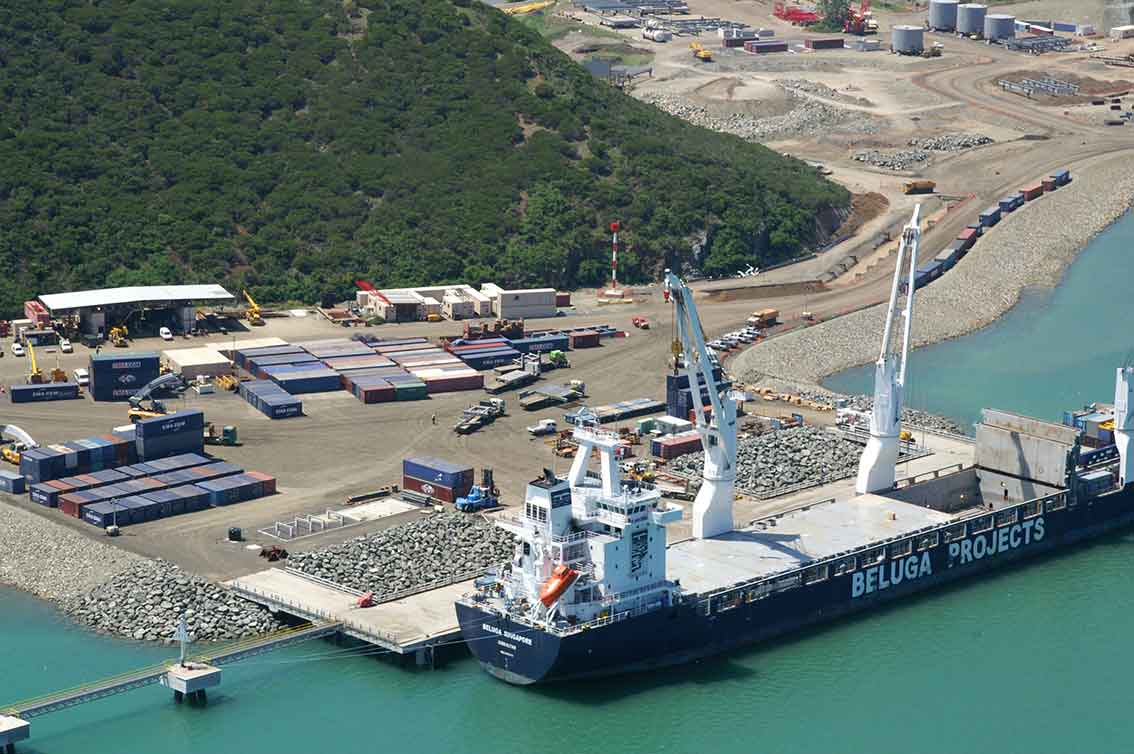According to the latest available data, 75% of jobs in New Caledonia are in the private sector, while 25% are in the public sector. The latest data available in 2023 for the private sector indicates a predominance of services, trade and construction in terms of the share of jobs in these sectors.
In 2020, the employment rate* in New Caledonia would be 56%, and the unemployment rate will be 15.3% in 2019, according to available data.
The employment sector in New Caledonia has been in difficulty for around ten years (2012 to 2022), with a significant slowdown in hiring in the private sector. However, in 2022, an increase will be seen for the first time. While this slowdown is linked to a reduced activity, it also reflects difficulties in all sectors (global economic situation, slowdown in the nickel sector, covid etc.).
The latest census for 2019 shows that the number of women in employment is increasing, the workforce is ageing, and job insecurity is on the rise, with an increase in fixed-term contracts, temporary work and apprenticeships. Nevertheless, an increase in the qualifications of people holding jobs is observed (31% of them are graduates, compared with 23% in 2009), and the number of professional and managerial staff has risen.
* The ratio of the active or employed population out of to the corresponding total population.



Disparities remain when it comes to the employment rate, with 48% of Kanak people in work compared with 64% of non-Kanak people. Similarly, 2 out of 3 unemployed people are Kanak. However, these figures do not fully reflect the complexity of occupation (i.e. employment) among the Kanak.
The last key element in understanding employment in New Caledonia is the large number of self-employed workers, who have the status of ‘patentees’ or workers with specific license, a category of employment that is often subject to numerous and significant taxes. It is therefore advisable to seek the support of the CCI, particularly in carrying out your professional project.
Another key element of employment in New Caledonia is co-option. Co-optation by community, circle of friends, family circle etc. is commonplace. Often criticised as a form of ‘hustling’, this practice remains the norm on an a so small island country. However, it is a phenomenon that creates tensions depending on the period and the context, with the stereotypical over-representation of Kanak and Wallisian people in government departments, the over-representation of non-natives (i.e. people from mainland France) in positions of responsibility and experience, and the over-representation of the Asian community in the retail sector (small grocery shops). These are observations that are made on a daily basis, and which have historical explanations specific to each community. They should not lead to confirmation of any ethnic favouritism in the ability to access employment.
LOCAL EMPLOYMENT
In New Caledonia, Local Law 2012-9 of 27 July 2010 on the protection, promotion and support of local employment in New Caledonia came into force in 2012. The aim of this law is to promote the employment of New Caledonian citizens with equal skills as a priority.
Having local employment status has nothing to do with place of birth. You do not have to have been born in New Caledonia.
Local employment status is defined in a table available on the website of the Direction de Travail et de l’Emploi de Nouvelle-Calédonie (New Caledonia Labour and Employment Department) DTENC, which allows you to wear the positions you are applying for and the criteria required to qualify for local employment. The table of professional activities is available on the DTENC website, and below HERE.
Job hunting in New Caledonia is carried out by:
In New Caledonia, the rules governing the free movement of goods, services, people and capital do not apply under the same conditions as in the European Union. Foreign trade regulations control the import of certain products in order to promote the sale of locally manufactured goods and protect the local economy. There are also tax exemptions specific to each sector of activity.
New Caledonia is heavily dependent on imports for everything from foodstuffs and consumer goods (particularly electrical appliances, hi-fi and television sets) to transport (cars).
The country’s main import partners are: France, the European Union, Australia, Japan, the United States, Singapore and New Zealand.
We strongly advise you to find out more before buying online, as taxes can amount to up to 40% of the initial value of your order.
There are two main ways of getting around New Caledonia:
International air transport: air traffic in New Caledonia passes through Nouméa – La Tontouta international airport (located around 50 kilometres from the capital), which is served by the following airlines: Aircalin, Qantas, Air New Zealand and Air Vanuatu.
Transport from the airport: the airport is about 45 minutes from the city centre by road. It is advisable to check social networking sites for information on shuttle and taxi services.
Domestic transport: New Caledonia has an air network providing regular services to the inland and the islands, operated by Air Calédonie (Aircal).
In addition to its role as the ‘French window’ on the South Pacific and as a supply port for New Caledonia, Nouméa also acts as a transhipment port for services to the islands. International activity is mainly organised around the facilities of the public port of Nouméa – which caters specifically for cargo ships, container ships and ocean liners – and the private ports of Société Le Nickel (SLN), Prony Resources, NMC, KNS and SMGM, Ballande Companies, whose wharves are used to transport nickel ore from the mining centres and imported mineral products, and for SLN to load mattes and ferro-nickel bound for Europe, Asia and the United States (via New Zealand).
There is also an oil port at Baie des Dames (Noumea) and a clinker supply point at the Numbo cement plant (Noumea). KNS has a port at Vavouto (Koné) for the transport of hydrocarbons, coal and ferronickel. The autonomous port of Nouméa is made up of a large harbour with 3 docks covering a total surface area of around 17,000 square metres, 1 flour mill equipped with 5 silos with a storage capacity of 4,000 tonnes, 5 grain silos with a capacity of 815 tonnes, 45 hectares of open land and cold stores with a capacity of 6,000 square metres. The small harbour has a ferry terminal on the long-haul quay, a terminal for local passenger traffic and docks for domestic traffic. The port also has ship repair facilities afloat and a slipway with a capacity of 1,000 tonnes.
The road network meets European Standards. The total road network is 5,622 kilometres (in 2006). There is a public bus system and taxis are readily available. It is also possible to hire a car (an international driving licence is recommended).


